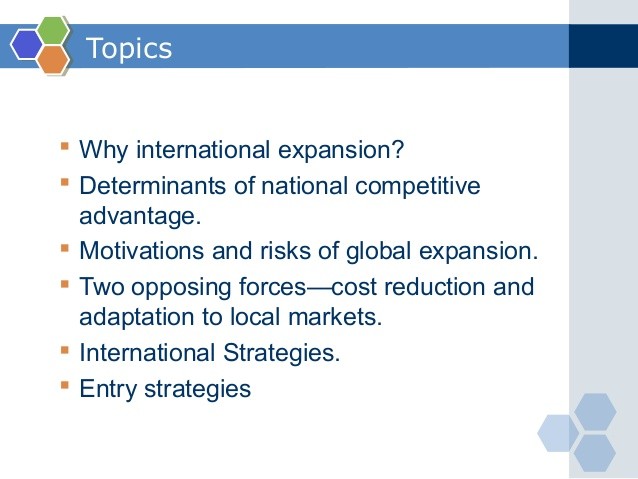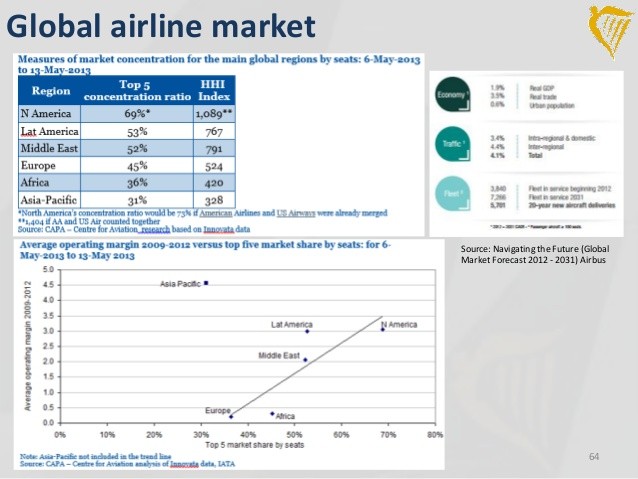Strategy Where’s the value in global markets
Post on: 30 Апрель, 2015 No Comment

After years of market expansion across global equities and strong returns for many fixed-income sectors, are there still value opportunities out there? Or does it all look pricey? Four investment experts from across Natixis Global Asset Management share their views on valuations, where they see the best relative value today and a few remaining bargain spots.
_ David Herro, Chief Investment Officer, International Equities Harris Associates L.P.
As bottom-up investors, our decisions to invest in a company are based on its valuation and quality rather than its country of domicile. I am currently finding many investment opportunities in Europe, and continue to have little exposure to companies domiciled in emerging markets.
Direct exposure in emerging markets remains unattractive for a few reasons. First of all, it’s very difficult to find specific companies that have clear and transparent corporate governance, good profitability and good business models and whose stocks sell at attractive prices. Instead, I choose to get exposure to emerging markets through companies like Daimler, the parent of Mercedes-Benz; Diageo, the spirits company; and Richemont which owns luxury brands like Cartier, Piaget and JaegerLeCoultre. All of these companies are well exposed to the emerging-markets consumer, especially in Asia. And, these stocks appear very cheap right now.
_ Eileen Riley, Global Equity Manager Loomis, Sayles & Company
Equities appear to have the best relative value today, particularly compared to credit. Within equities, I’m finding interesting opportunities in parts of the consumer discretionary sector, as well as healthcare and parts of technology.
Earnings growth main driver
In general, the multiple expansions that I have seen in equity markets globally over the last several years have come to an end. Especially in the U.S. market, stock performance is going to be about earnings growth going forward. As a result, careful stock selection will be important once again. There are plenty of U.S. businesses that are doing well and
able to grow free cash flow and deploy capital towards growth – whether it is growth in share price, through share repurchases or mergers and acquisitions (M&A).
Rising dividends and increasing share repurchases among large multinational companies are another positive for equities. Looking at the S&P 500®, if you take the dividend yield along with the repurchase yield, it’s around 4%. I believe it’s a pretty healthy number.
Corporate Japan healthy
Despite a poor top-down economic view of Japan, where you see lots of challenges with Abenomics and reform, there are reasons to be positive about many Japanese businesses. Corporate Japan appears relatively healthy. Corporations are a little bit more shareholder-friendly today. For the first time, you are starting to see companies increase their dividend payouts, and in some cases repurchase stock. Also, earnings in Japan are back to a level which we saw in 2007. Some of this can be attributed to a weaker yen, but I don’t think that reverses itself anytime soon. Overall, there are some value opportunities on a stock-by-stock basis in Japan.
Environment more favorable for equities

Historically, equity markets tend to outperform the bond markets in times of rising interest rates. Therefore, as we move towards the first interest rate increase by the Federal Reserve in the U.S. sometime in 2015, I am more constructive about equities. Also, recent policy action by the European Central Bank and Bank of Japan is pumping liquidity into those respective markets which likely bodes well for equities.
_ Yves Maillot, Head of Europe Equity Investment Natixis Asset Management
With an average Price-to-Earnings (P/E) of 15.9 based on our last consensus earnings estimates for 2015, European equity valuation is neither expensive nor cheap now. [1 ] The earnings growth forecast (4% and -6% for UK earnings) has been affected by the downward revisions of the oil sector profits. However, looking at the 3.5% average dividend yield (3.9% for UK equities), the equity market in Europe seems really attractive. [2 ]
European names appear more attractive than U.S. names which are more expensive (average P/E of 17.9 and Price- to-Book of 2.6 on our consensus estimates). [3 ] However, Japanese stocks (with a P/E of 14.6 on the current earnings estimates) look much cheaper but with a lower dividend yield (2%) than in Europe, and Asian ex-Japan ones are priced with the same level of valuation now (P/E of 15.7). [4 ]
Weaker euro favorable for European equities
Market uncertainty and volatility can generate a big premium on defensive sectors (healthcare, staples, real estate, high-yielding companies), as well as attractive valuations on some cyclicals. This situation means that we still favor business models with stable free cash flow growth. Healthy corporate balance sheets are still favorable to the cash return to shareholders. So an efficient use of cash is again a major theme for 2015. Therefore, companies with yield and regular dividend growth remain attractive. As we see in the U.S. stock buy-back plans would normally also help the shareholder return. Also, I expect to see more mergers & acquisitions activity across different sectors this year.
Article also available in. English  | franais  














